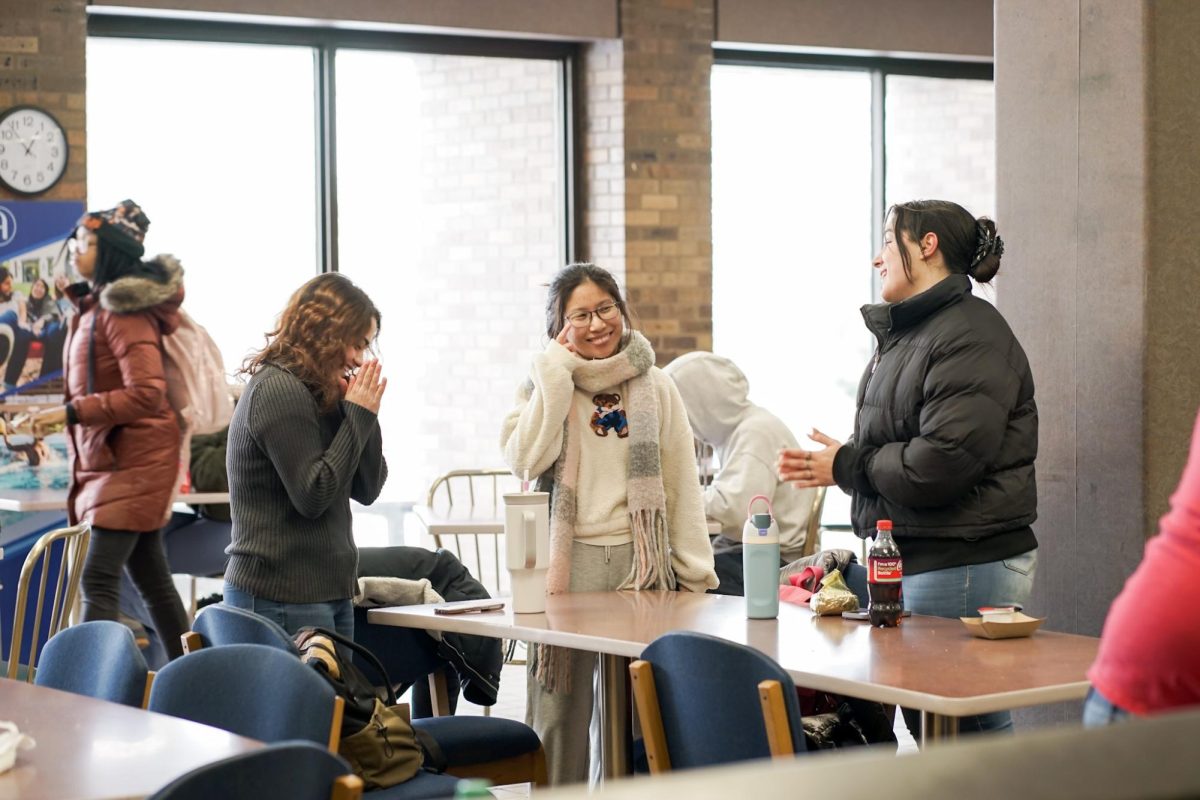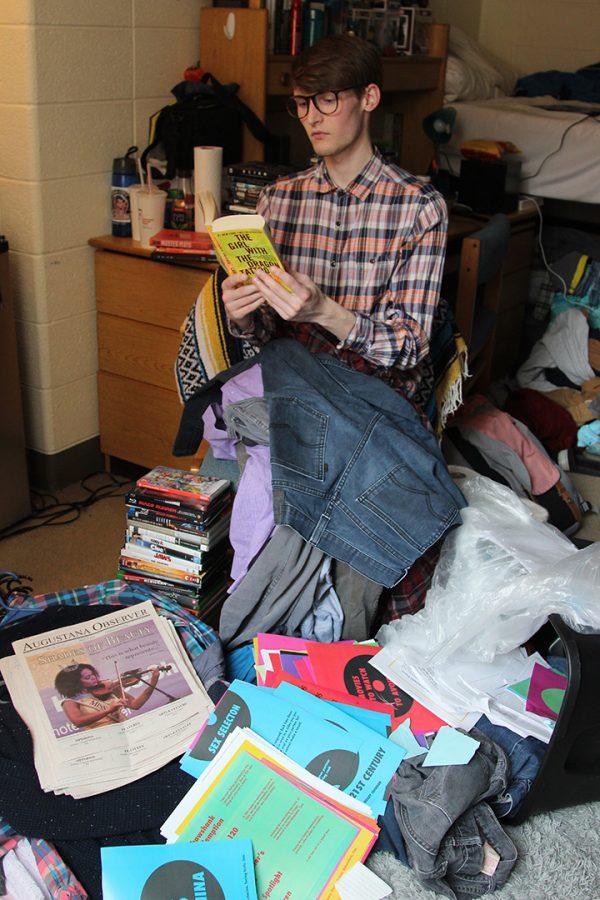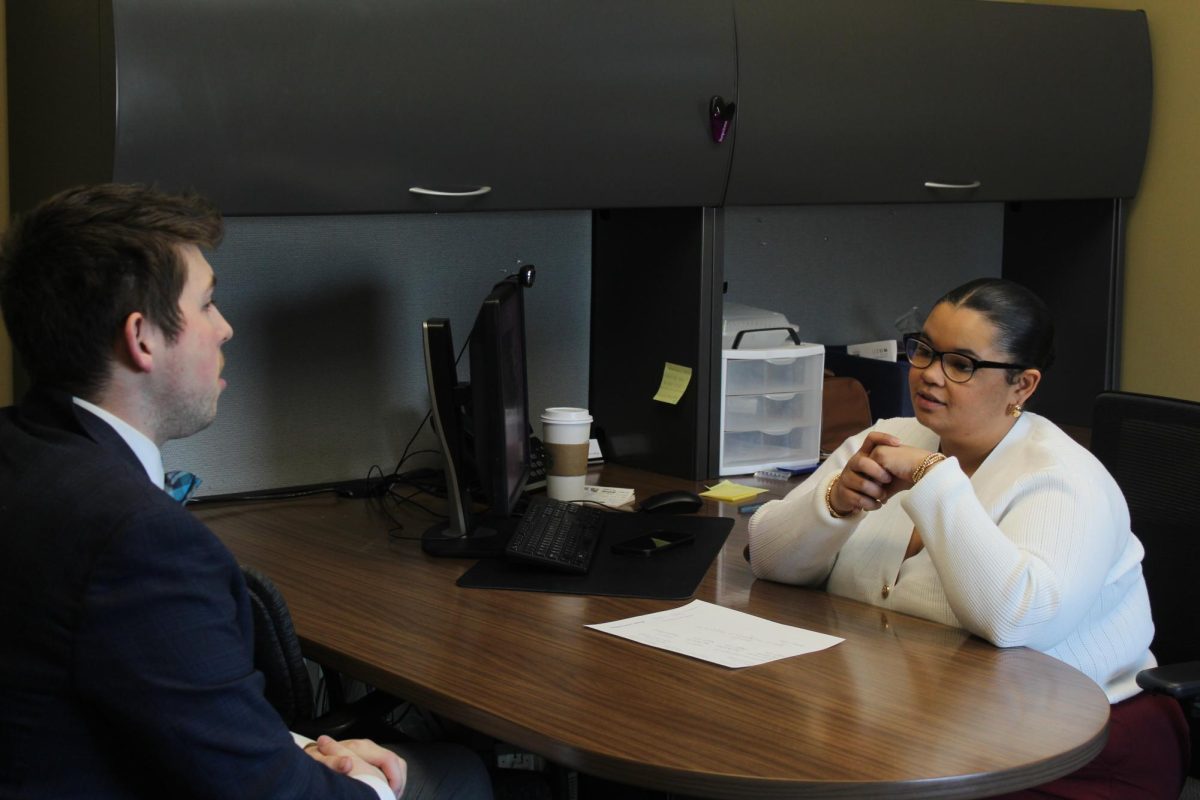I had to have it. I could not live without it. The solution to all of my problems was only $363. The purchase was an impulse, but it surely gave me a rush of euphoria. Another gaming console placed on my desk along with my Xbox One and stacks of movies. Was all of this media necessary?
This question brushed aside as I washed my mountain of clothing. I was waiting in between loads by rummaging through cabinets of paper. I had no success in finding a specific assignment rubric. Perhaps it was a problem. Perhaps it was just a normal lifestyle. I could not separate the two.
The problem may lie with the many Americans that keep consuming. Americans that are always looking ahead to the next gadget or sale, filling our lives with so much stuff that it becomes a problem.
Now, an attraction to the minimalist lifestyle has emerged and caught the attention of consumers; especially college students who will soon have to finance their future. One such product of this downsizing movement comes in the form of a Japanese woman.
Marie Kondo is a well-known Japanese consultant whose expertise deals with organizing. My task was to watch her Netflix show Tidying Up with Marie Kondo and put her process to the test, sounded pretty easy to me.
Kondo’s entire process could be summed up into a minute long video: take everything you own and place it into categories. A big point going into the process was that items should not be placed by location. Those who are going to partake in her KonMari process, which she named herself, had to start with clothing. When I travel home each year it takes around three tubs to carry all of my clothing. This was going to be a long process.
The process was certainly long for senior Lauren Clapp because she hadn’t even finished the clothing section.
“Since I started this a month ago I am not even through three full categories,” Clapp said.
It all started when her aunt was in the midst of moving and decided to read Kondo’s book. The process worked for her aunt and overtime Clapp convinced her mother to watch the show on Netflix. Clapp’s mother has since moved from their old home and Clapp is left with all of her items.
“I’m a senior and I will be moving out of my home soon and go on to do other things,” Clapp said. “I have a lot of [expletive]to get rid of.”
So far in the process, Clapp has given up more than she thought she would.
As I sit and stare at my closet, my mind races. I have no idea how to start this process.
“It’s very daunting because you look at all the stuff you have and think ‘there is no way I will get through all this,’” Clapp said. For her, the process became easier when her friends were added to the mix.
“I had a supportive bunch around me. All my roommates were in the room,” Clapp said. “They were just sitting there taking my things as I got rid of them. It was nice to see things instantly gone.”
My process has been between me, myself and I. I tried to create different piles of my clothing, but I was hitting a wall.
“I diverted a little bit in the sense that she would hold everything and see how you feel,” Clapp said. “I held everything and she basically said you have to make a decision right then and there in her method. I was like ‘Ehh’ and there were things that I set aside in a different pile and then went back to them.”

I decided to do the same. My indistinct piles of clothing were higher than any other pile. I still struggled to give up anything. Then a thought hit me: all of the clothing and shoes I did not find joy in were left at home. As a sophomore, I was already separating the shirts that screamed joy and the dull, tattered shirts of my past. Yet, my dorm was still filled with more items than Kondo would have advised for. So I did what I always do when the task is far too great: I turned on my Nintendo Switch and played games.
Clapp has gone back to sorting her attire with the KonMari method now that the new season is upon us. Clapp was using her time to go back through clothes that she kept. She has since realized those that were being left on the floor needed to go. Clapp has realized in the process that each step seems to become more stressful, but refreshing.
“The books took me two days to do,” Clapp said as she laughed. A self-described book worm she struggled with the notion of nostalgia. Going through piles of books she kept few that brought her joy, like The Tale of Despereaux.
“It is really a tragic story but you know little Lauren loved it,” Clapp said as she laughed it off.
Replace her books with my movie collection and you have the same struggle. I have a bookcase filled with movies at home and I already had to downsize before I transferred them to Erickson Hall. Again, another example of how I have already separated favorites from The Darkest Hour.
About 93 movies in total are stacked on my desk. From horror to classic comedies, I can only bring myself to label them as ‘kept’. I have spent my entire life watching movies and persuading my friends to view them with me. I find my “joy” experiencing other people react to twists and scares in movies. I would spend hours discussing plot and music with whoever would talk with me. I created my happiness with physical media and I could not see past it.
Instead, I focused on paper, which is the third category of KonMari’s method. I counted over 350 pieces of paper in my room and most of these papers I recycled. It was amazing to see clean drawers and have a sense of being organized in my life.
“People are like, ‘you are a senior so you will use this,’” Clapp said. “ When am I ever going to use the thing that people use to spread butter with…why do I have that?” Clapp has yet to deal with paper, but she placed a lot of her miscellaneous items on her floors as a way to separate tools from junk. There is another category from Kondo’s method that gave her anxiety.
“I’m not excited for the sentimental items part of the process,” Clapp said. “Items remind me of sentimental moments. Trying to get rid of those is going to be the most stressful part of the process.”
Why do people have so many items? What is it about us that gravitates to inanimate objects?
“I think part of it has to do with living in a capitalist society, the idea that there is fast fashion,” Clapp said. “Something I buy right now in a year’s time or even in a few month’s time will not be ‘in.’ I think we view our materials as materials to be thrown away.”
For Clapp, the reasons for our hoarding could be from a number of things.
“…I think [that’s] why the minimalist aesthetic and things like Marie Kondo is so interesting to so many people: It is deviating from what mainstream culture has been for so many years now,” Clapp said.
Now I could see it clearly: my black hole of materialism that sucked in every movie and pair of cute socks. I am still not done with Kondo’s method, but she has made it easier for western culture to realize that happiness comes from experiences and not just from items.
Featured Image: Photo illustration by Alia McMurray.











































































































Outside looking in • Apr 11, 2019 at 11:02 pm
If you do not appreciate what you have, you will not appreciate what you want.